Last date for Christmas orders is Tuesday 16th December. We will still despatch orders placed after the 16th but cannot guarantee that orders will be delivered by Christmas. Dismiss
Skip to content4 in stock
| Origin | |
|---|---|
| Main grapes | |
| Other grapes | |
| Vintage | |
| Bottle sizes |
Klein Constantia Vin de Constance is a South African dessert wine made by Klein Constantia Estate. It is one of the world’s most famous sweet wines and is available to buy now at Fareham Wine Cellar.
Klein Constantia is the oldest, most enduring vineyard region in the Cape. Established in 1685 by Simon van der Stel, the first governor of the Cape, it began producing wine in 1692. The 146-hectare estate sits amongst ancient trees and lush greenery on the upper foothills of the Constantiaberg, offering superb views across the Constantia Valley and False Bay.
The modern era for Klein Constantia began when Duggie Jooste bought the estate in 1980 and decided to revive the farm to its former winemaking glory with the help of Professor Chris Orfer of Stellenbosch University. In 1986, Klein Constantia released its first new vintages for commercial sale in over a century. The first Vin de Constance of this era was released in 1990.
More recently, the Jooste family sold the estate to Zdenek Bakala and Charles Harman in 2011. In 2012, the estate merged with Anwilka and gained two new shareholders: wine world heavyweights Bruno Prats and Hubert de Boüard.
The estate is most famous for its iconic, luscious, sweet wine, the Vin de Constance. However, Klein Constantia also produces a range of red and white wines. The vineyard is planted with Cabernet Sauvignon, Merlot, Petit Verdot and Malbec for the red wines and Sauvignon Blanc, Chardonnay and Riesling for the whites.
The sweet grapes Muscat de Frontignan for this sweet dessert wine are harvested by hand in several batches, ranging from bunches of ripe berries with great acidity to individual raisins with intense sugar concentration
Here are the key details of Klein Constantia Vin de Constance winemaking:
The residual sugar for the 2021 vintage is 173 g/L. The combination of residual sugar and alcohol levels has a well-known preservative effect on bottled wine. This wine is capable of ageing for many decades, if not generations, from release.
The bottle is crafted to resemble the old hand-blown Constantia bottles that were renowned throughout Europe at the turn of the 19th century, particularly those supplied by Dutch merchant Frédérick de Coninck. This distinctive bottle shape is now trademarked and is exhibited in the Design Museum in London.
Klein Constantia’s philosophy centres on quality rather than quantity, reflected in wines that regularly receive accolades both locally and internationally.
Royal Heritage: Constance wine became a favourite of European royalty and world leaders, including Frederick the Great, US President John Adams, and Napoleon, who had it specially ordered during his exile on St Helena.
Literary Fame: The wine has appeared in classic literature, including Charles Dickens’ The Mystery of Edwin Drood and Jane Austen’s Sense and Sensibility. In Austen’s novel, Mrs Jennings recommends “a little Constantia” for “its healing powers on a disappointed heart.”
The 2004 Vin de Constance made a memorable appearance in the second book of the Fifty Shades trilogy, featured at a masked ball attended by the novel’s protagonists, Christian Grey and Anastasia Steele.
Bright light gold in appearance. The nose is layered with
aromas of apricots, sandalwood spice & Seville marmalade. A crisp acidity and salinity, with flavours by flavours of nutmeg, citrus, jasmine flower and rose water. Creamy and rich, the palate is textured and complex with a delicate wood spice on the mid-palate. The is a fine balance between sugar and acidity, creating a drier style of Vin de Constance. Concentrated and
lively, the wine concludes with a long, pithy and almost bitter finish.
A classic match for desserts such as tarte tatin or crème caramel and also works well with soft and blue cheeses. A great match for foie gras.
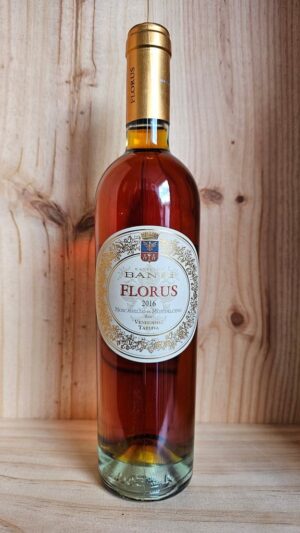
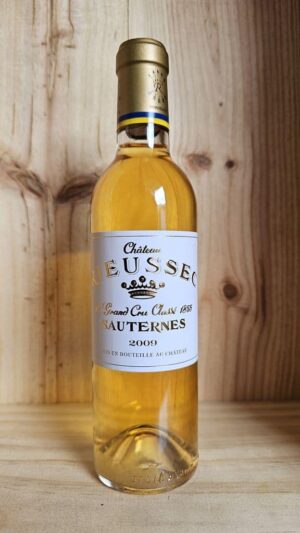
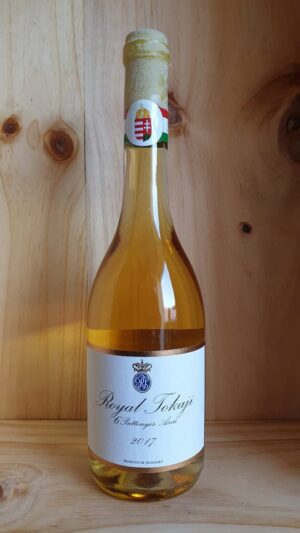
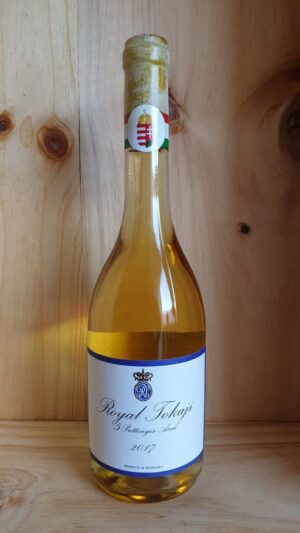
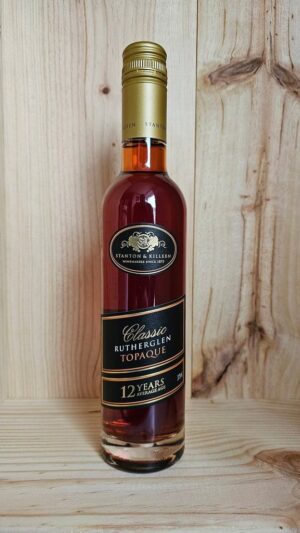
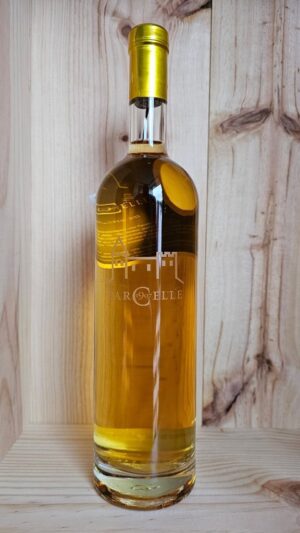
Reviews
There are no reviews yet.